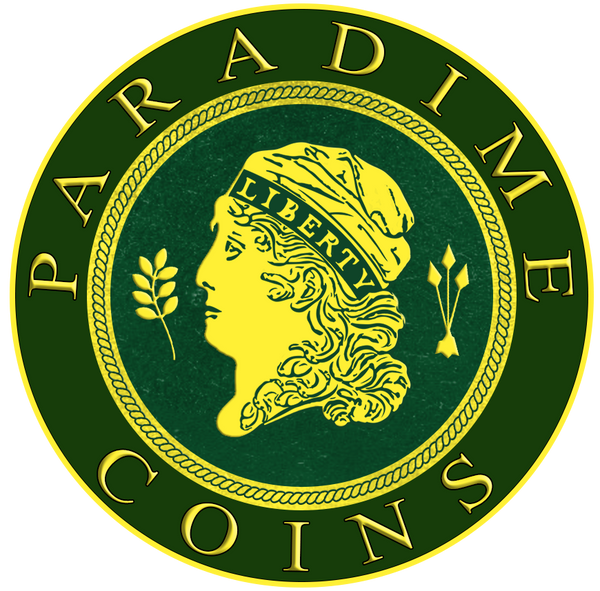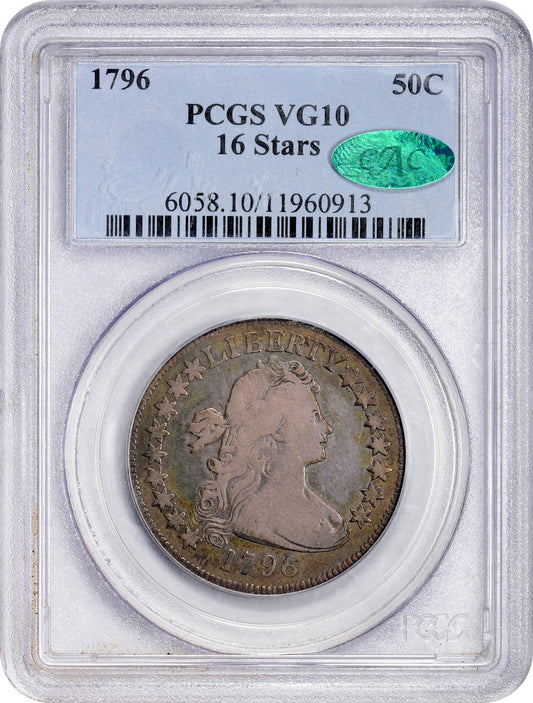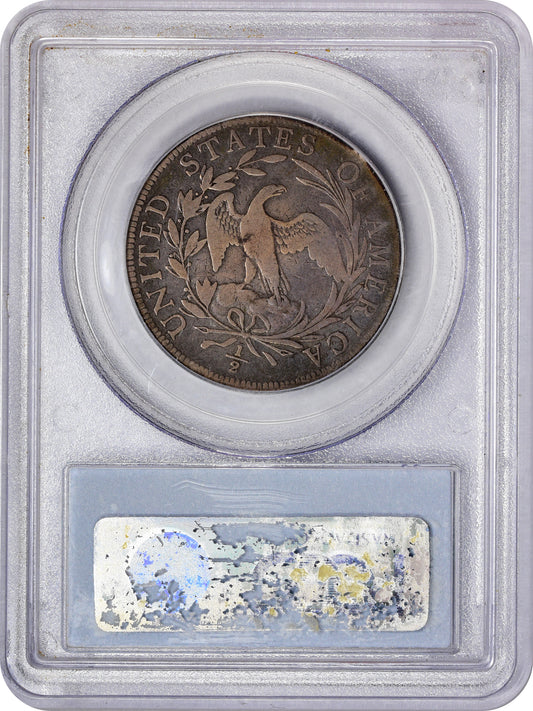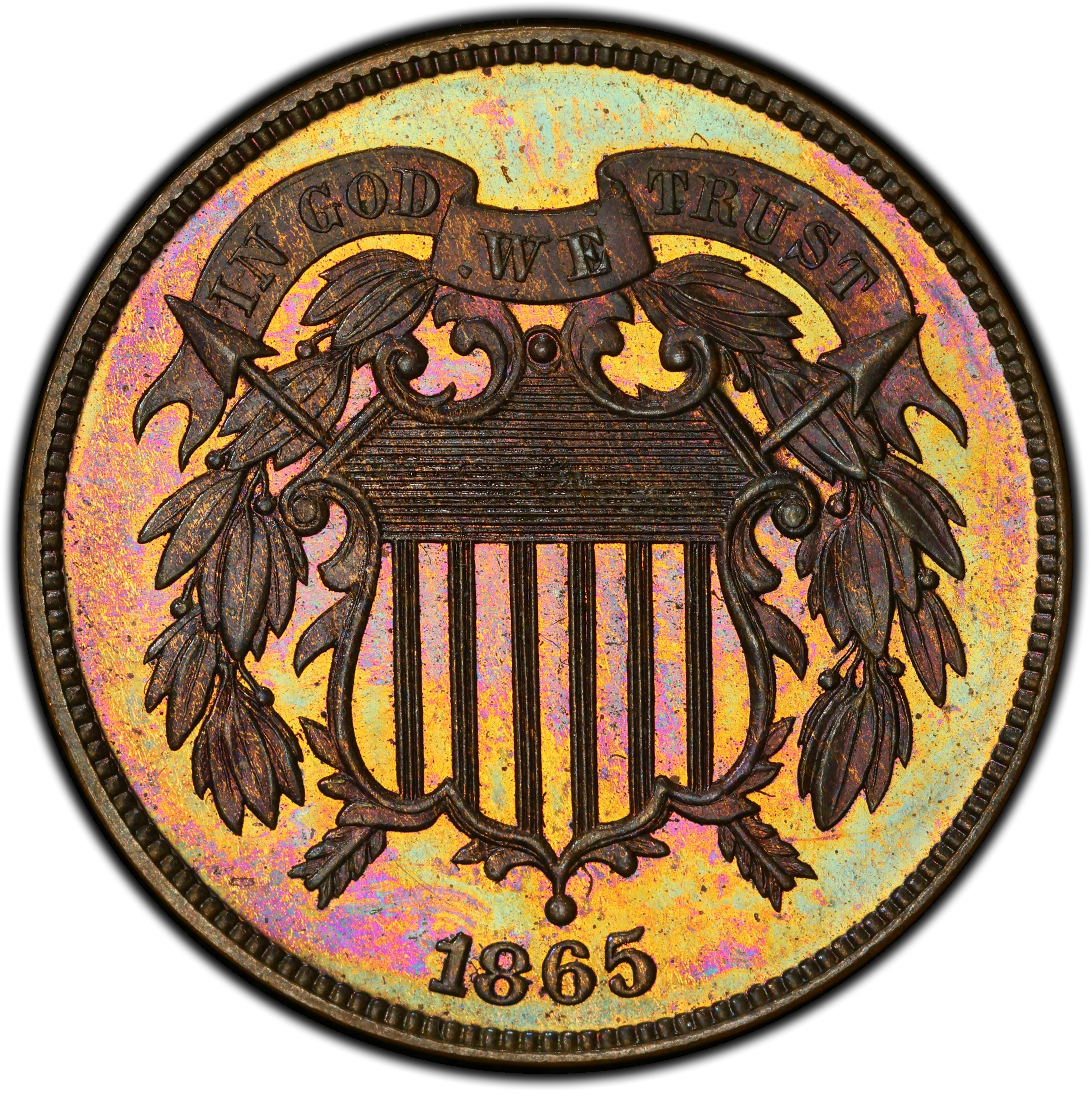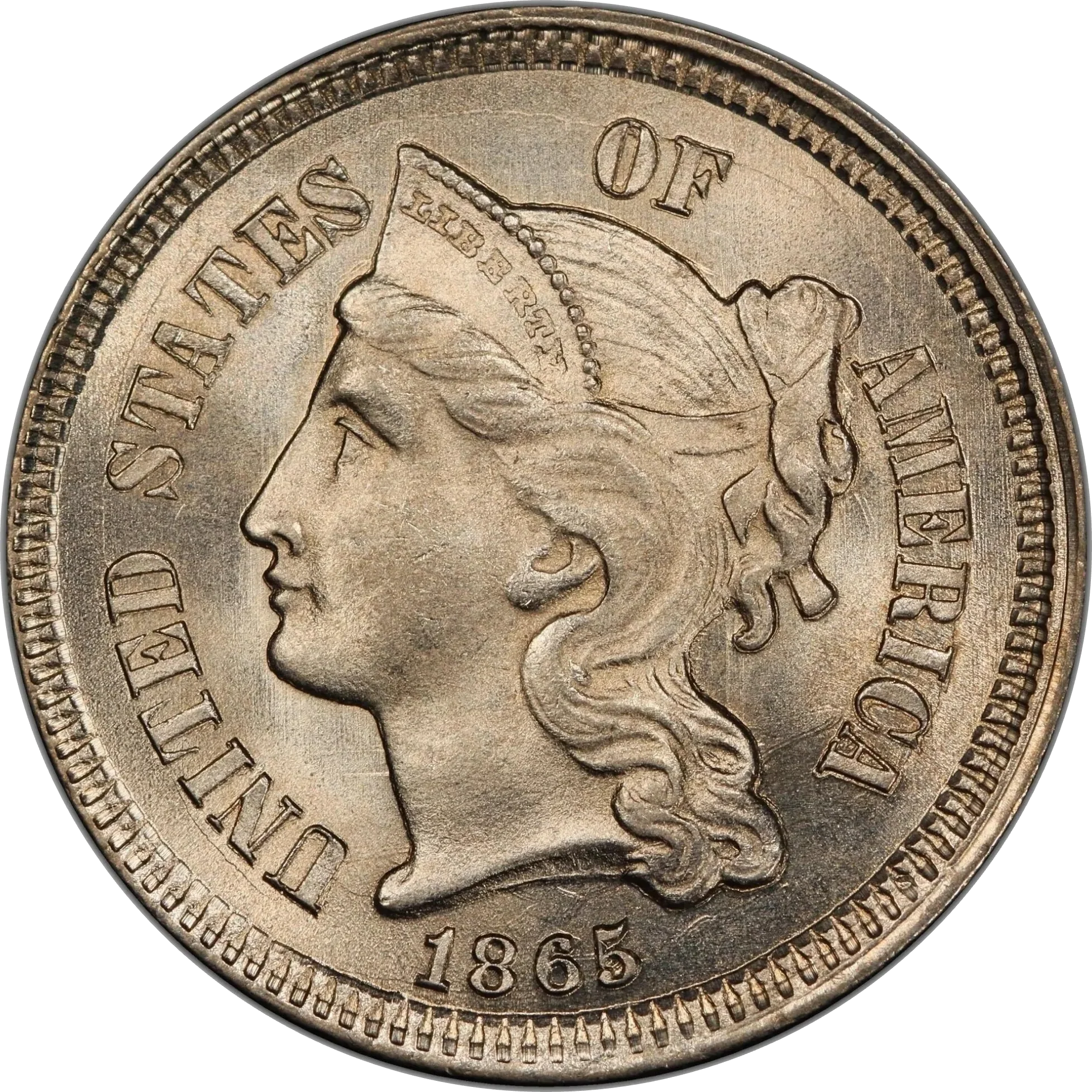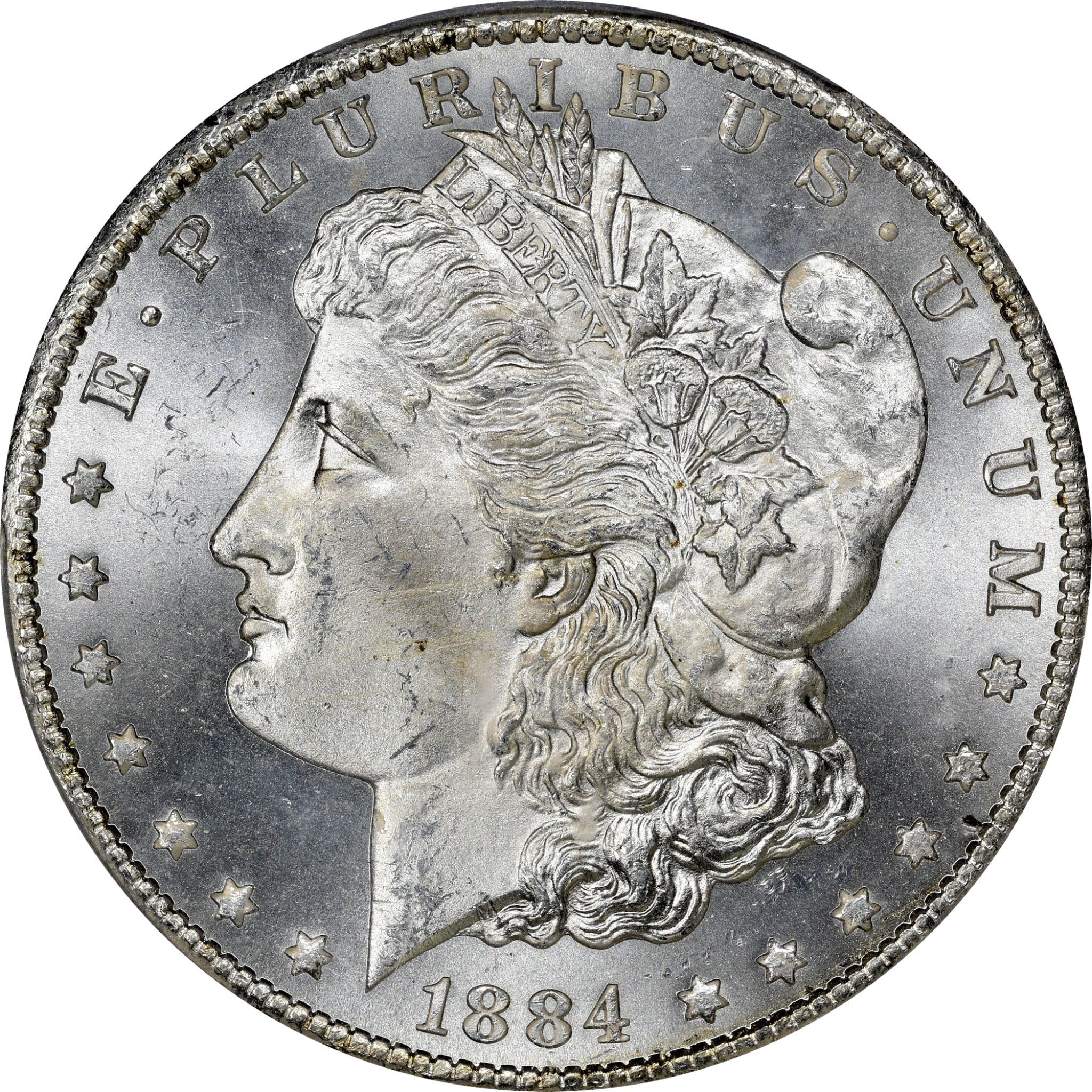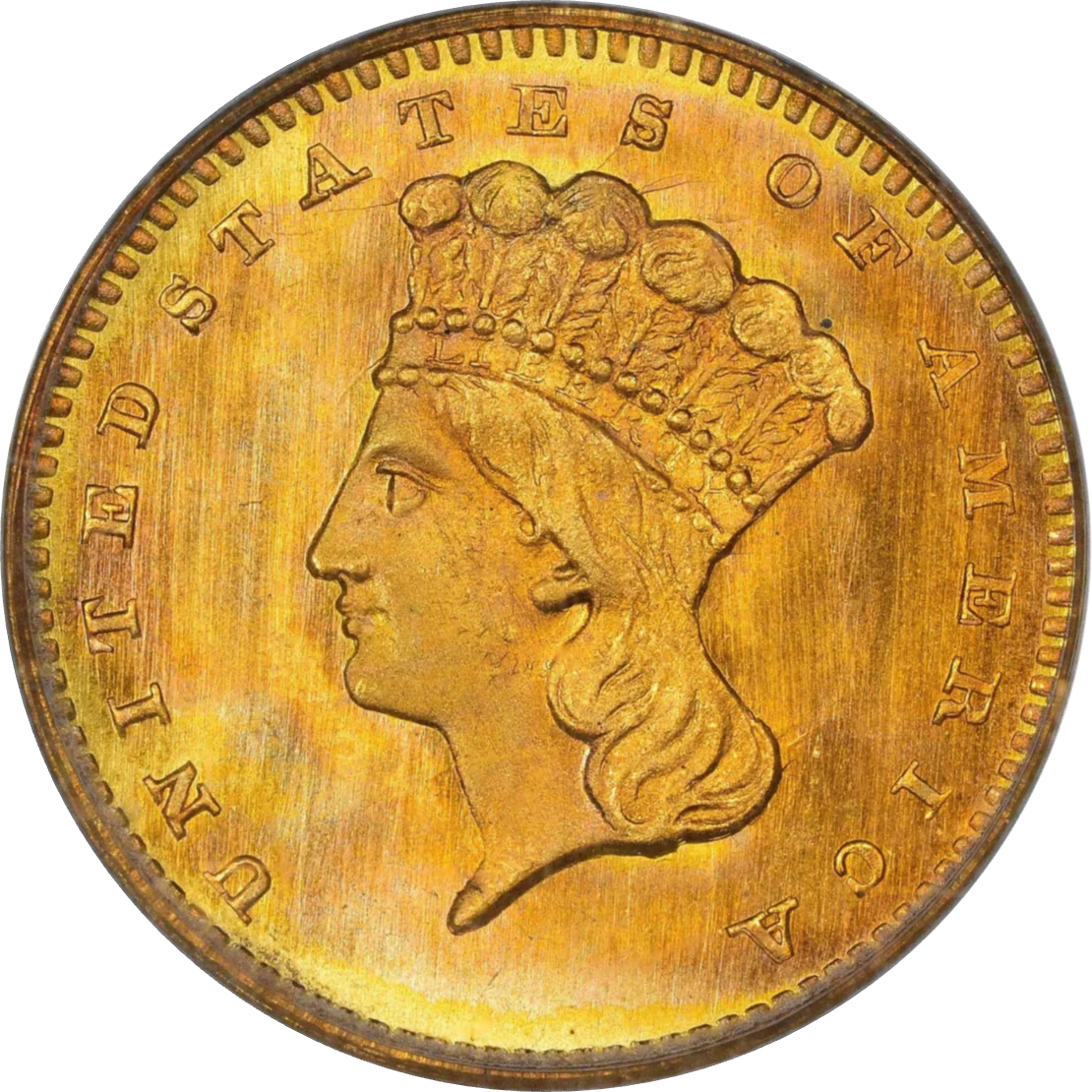Collection: Type 1, Small Eagle (Draped Bust Half Dollar )
-
1796 50C 16 STARS VG10 PCGS CAC
Regular price $60,000.00Regular priceUnit price / per
Designed by: Robert Scot
Issue Dates: 1796-1797
Composition: 89.24% silver, 10.76% copper
Diameter: 32.5 mm
Weight: 13.48 grams (208.02 grains)
Edge: Lettered FIFTY CENTS OR HALF A DOLLAR
Business Strike Mintage: 3,918
Proof Mintage: None
1796–1797 Draped Bust Half Dollar – Small Eagle Reverse | The Rarest Early U.S. Silver Type
... Read MoreDesigned by: Robert Scot
Issue Dates: 1796-1797
Composition: 89.24% silver, 10.76% copper
Diameter: 32.5 mm
Weight: 13.48 grams (208.02 grains)
Edge: Lettered FIFTY CENTS OR HALF A DOLLAR
Business Strike Mintage: 3,918
Proof Mintage: None
1796–1797 Draped Bust Half Dollar – Small Eagle Reverse | The Rarest Early U.S. Silver Type
The 1796–1797 Draped Bust Half Dollar, featuring the Small Eagle reverse, stands as the most coveted and elusive design type among all early U.S. silver coinage. Struck in extremely limited numbers, this historic issue represents the first official half dollar of the United States and is widely regarded as the rarest silver type coin in the federal series—rarer even than the iconic 1796 quarter.
The obverse showcases Miss Liberty facing right, her flowing hair tied with a ribbon, and her neckline modestly draped. The word LIBERTY arcs above, with the date centered below. Varieties of 1796 are known with 15 or 16 stars, reflecting early experimentation with symbolic state representation. The 1797 issues uniformly bear 15 stars. The reverse features a delicately rendered small eagle perched on a cloud, surrounded by an open laurel wreath and encircled by the inscription UNITED STATES OF AMERICA and the ½ denomination fraction below.
With a combined estimated survival of just 200 to 300 coins across both dates, the 1796–1797 Draped Bust half dollars are exceedingly rare in all grades. Most examples encountered today are in About Good to Very Good condition, with Fine and Very Fine pieces significantly scarcer. High-grade survivors, including those in Extremely Fine to About Uncirculated, are trophy-level rarities. A few examples are known to exhibit prooflike surfaces, further enhancing their appeal among advanced collectors.
Collectors building a U.S. type set or assembling early silver coinage collections often regard the 1796–1797 half dollar as the ultimate challenge and centerpiece acquisition. Whether appreciated for its profound historical significance, exceptional rarity, or aesthetic appeal, this type remains a benchmark of American numismatics.
... Read Less